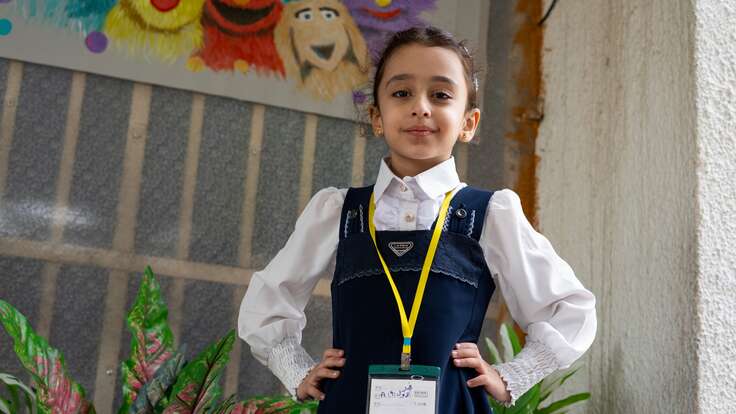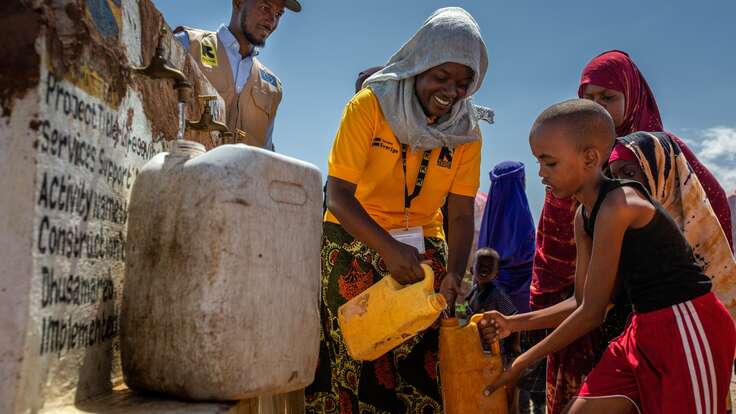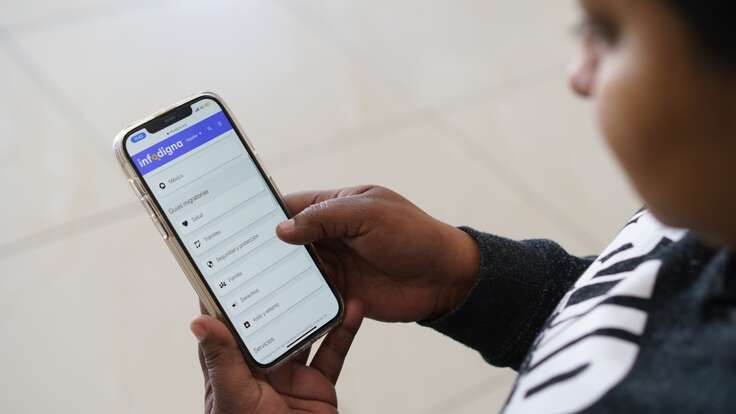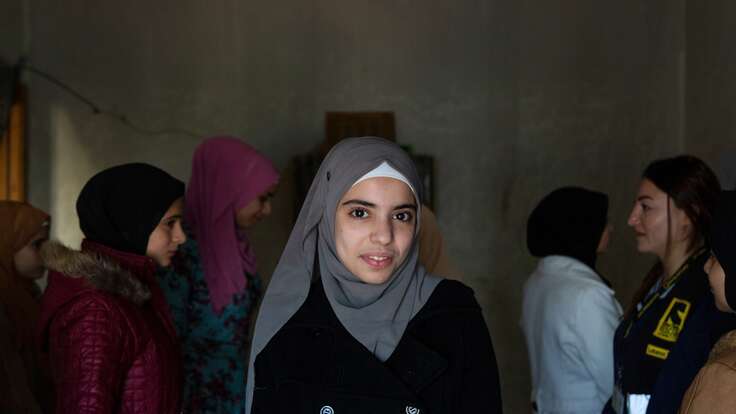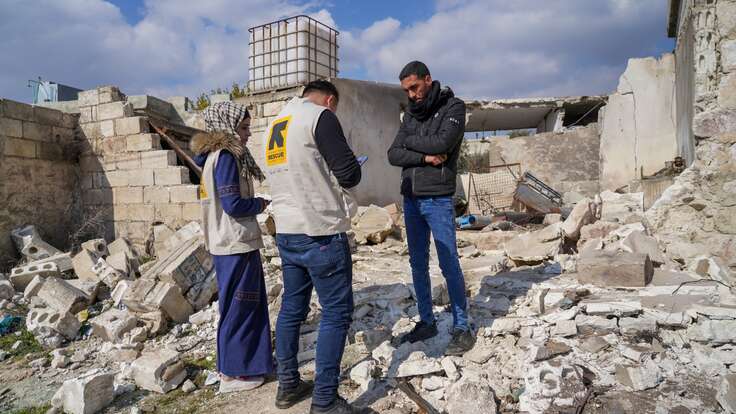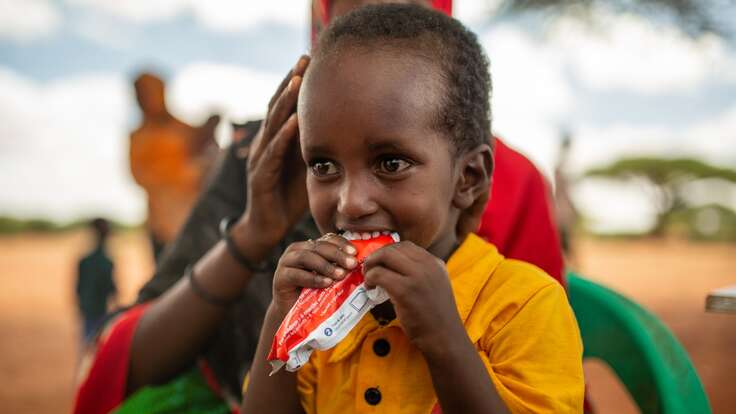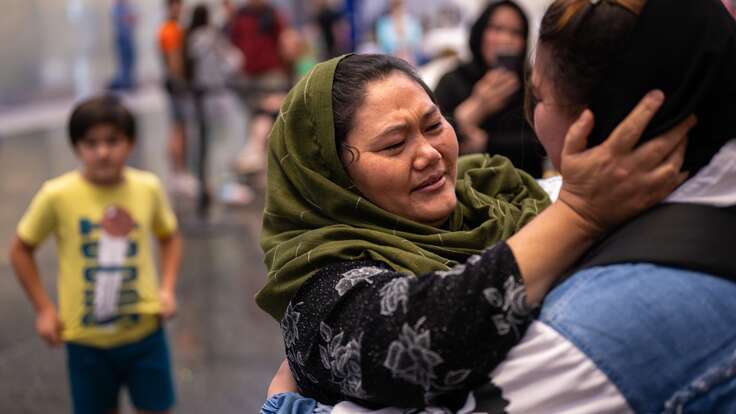The International Rescue Committee (IRC) helps people affected by humanitarian crises—including the climate crisis—to survive, recover and rebuild their lives.
Our work
In 1933, Albert Einstein and a small group of humanitarians banded together to found what became the International Rescue Committee. We now work in over 40 countries where we deliver lasting impact by providing health care, helping children learn and empowering individuals and communities to become self-reliant. In every area of our work, we seek to address the inequalities facing women and girls.
In 2023 the IRC and our partners reached over 34.5 million people in countries affected by crisis.
As part of this work we:
- Supported 3,282 health facilities
- Provided 10,687,491 primary health care consultations
- Admitted 578,963 children and 142,394 pregnant and lactating women to nutrition programs
- Built or rehabilitated water systems serving 2,828,438 people
- Reached 1,645,941 people with cash assistance
- Distributed $79,142,851 in cash or vouchers
- Provided counseling to 45,082 women survivors of gender-based violence
- Supported 227,779 children in IRC safe spaces and other protection programs
- Enrolled 1,589,208 children and youth in learning programs
- Provided 492,927 individuals with livelihood support
... among other assistance provided around the world last year.
In 2023 the IRC ran Resettlement, Asylum and Integration (RAI) programs in Europe and the United States.
As part of this work we:
- Enrolled 158,068 people in RAI programs. This includes safety and health, resettlement, and economic empowerment programs, as well as education and youth services.*
- Provided 42,839 people with legal assistance
- Served 66,516 people through humanitarian reception programs
- Resettled 12,461 people in the United States
*does not include legal and asylum and cross-border services
Learn more in our 2023 Annual Report.
Donate now: Support our work
How we focus our efforts
The IRC compiles an annual list of the 20 humanitarian crises expected to deteriorate the most over the next year. For the past decade, this report has helped us determine where to focus our emergency services and lifesaving support to make the greatest impact.
Read the 2024 Emergency Watchlist report or our Watchlist at a Glance summary.
Donate now: Support our work
